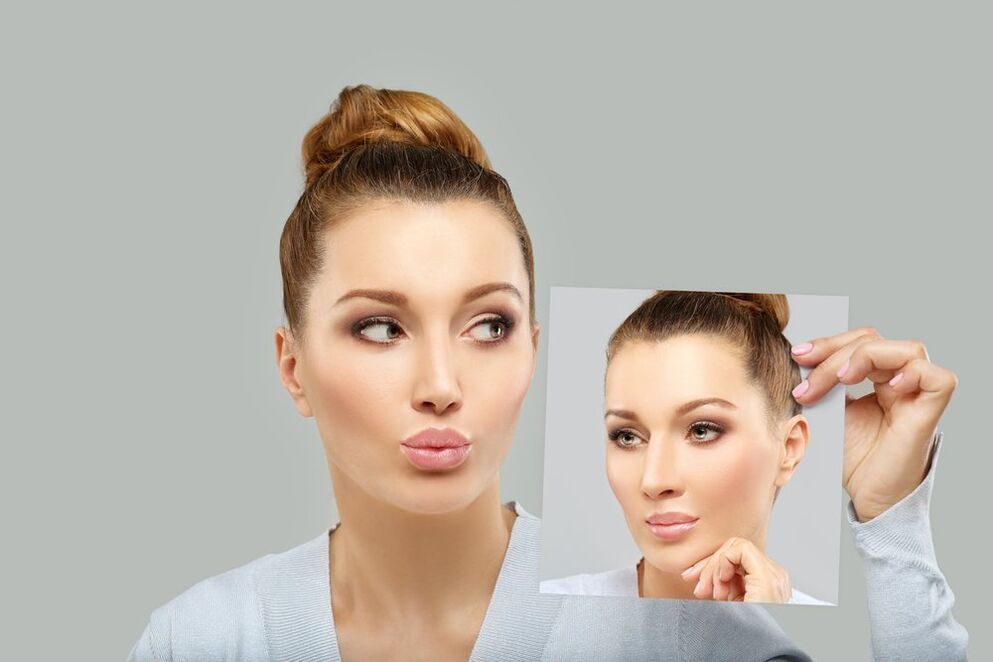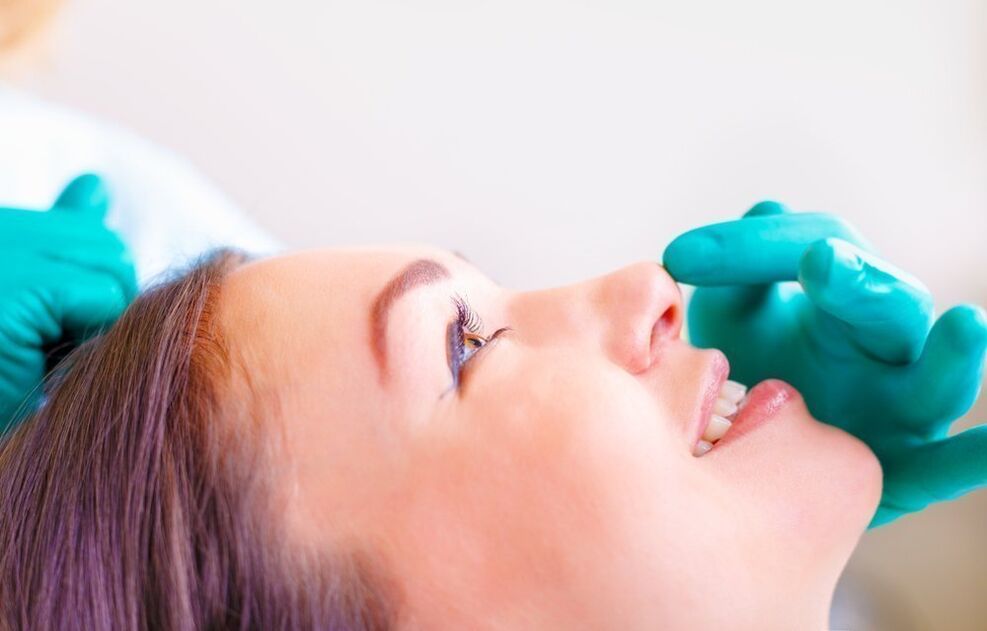Rhinoplasty, along with breast augmentation and liposuction, is always at the top of the list of cosmetic procedures. Many people try rhinoplasty to correct the shape or length of their nose for a variety of reasons, believing that the procedure is relatively simple and quick compared to other cosmetic procedures. Really? We'll reveal some useful nuances and facts.
Ancient Nose Surgery

The foundations of rhinoplasty were laid over 2, 500 years ago. The first surgeons who decided to perform such operations lived in ancient India. Also, their ancient methods are very similar to modern ones. Until now, Hindus have kept ancient books describing methods of repairing the most protruding parts of the face, which are often damaged by soldiers in war. The manuscripts fell into the hands of British doctors in the 18th century, after which rhinoplasty became one of the most popular procedures in the cosmetic industry.
not just for beauty
Although most often rhinoplasty is done because the patient wishes to improve the shape of the nose, it is also used to restore the face after serious illness, injury and birth defects. Rhinoplasty is sometimes necessary for people who have breathing problems due to an incorrectly positioned septum.
goal definition
Everyone who decides to undergo cosmetic surgery must clearly define for themselves the goals of the surgery. This should be done before visiting the clinic so that the doctor can properly plan the entire procedure for the best results. It is recommended to ask the surgeon to imagine what the nose should look like. As a sample, you can bring photos or drawings so that the doctor can consult the patient in detail. In this case, there will be more chances to get the desired result.
Doctor's Choice
Nearly all cosmetic surgery clinics offer Rhinoplasty services. Given the popularity of this field of medicine, the considerable cost of surgery and the possible health risks, it is important to take a responsible approach to surgeon selection. You shouldn't just listen to the clinic's representatives and trust their beautiful advertising campaigns. Visiting several similar agencies and consulting can help make the decision easier. It is equally important to read reviews from real patients and independent experts.
The medical institution must have the necessary documents, and the doctor in charge of the surgery must have the documents that prove their eligibility. Recommendations from friends and acquaintances are also helpful. High-quality plastic surgery can be expensive, so there's no need to rush to agree to questionable cheap deals and promotions. It is always useful to clarify and weigh everything correctly before making a choice.
Cartilage and skin elsewhere in the body

Rhinoplasty sometimes uses cartilage and skin from other parts of the body. Basically, this is done to enlarge or restore the nose. Typically, cartilage is removed from the ear or rib area, and skin particles are removed from the forehead. Doctors should tell patients about this procedure before surgery.
marks on the face
Those who decide to have rhinoplasty should be prepared for bruising and swelling on their face after surgery. The duration of their passage depends on the complexity of the procedure and the individual characteristics of the person: for some, the recovery process can take days, while for others, pain and swelling can take weeks. Typically, doctors recommend that patients after rhinoplasty take about 7 days of sick leave to allow the facial muscles and skin to heal properly. But if the recovery period takes at least ten days, that's the best option. Slight swelling and mild intermittent pain when pressing on the nose may remain after this time, but will gradually disappear. Sometimes, for quick healing, patients are advised to lubricate the nasal area with fish oil.
refusing glasses and physical activity
This might be bad news for people who wear glasses, but after a rhinoplasty, this accessory shouldn't be worn for at least a week. Otherwise, it may interfere with the recovery process. Another contraindication is physical activity, which should also be forgotten for at least one month after surgery. This is because an increased heart rate can cause new swelling in the nose area, which will prevent it from recovering normally. High-intensity exercise after rhinoplasty can cause pain, facial bruising, and bleeding.
minimal pain
One of the most frequently asked questions by cosmetic clinic patients is how painful is rhinoplasty? This is of particular interest to those with very low pain thresholds. But usually, after rhinoplasty is done properly, a person does not experience severe pain. He may experience some discomfort and mild pain for the first few days after the procedure due to the manipulation and the swelling that occurs. Sometimes there is some discomfort when breathing, as if something is blocking the air in the nose. However, if a person develops severe redness, chills, fever, or an incomprehensible runny nose even two or three days after surgery, it is important to consult a doctor as soon as possible and get tested to rule out infection and other complications.
belated result
Many people mistakenly believe that the results of surgery can be seen within a few days. This is not true. While the change in nose shape may be noticeable after 2-3 days, the final judgement on the success of the surgery will not be made until a year later. The initial swelling usually subsides after a week or more, but it takes about a year for a primary rhinoplasty and about fifteen months for a second rhinoplasty to get the correct nose shape. The length of time it takes to reshape the nose also depends on other factors, such as the patient's ethnicity and the thickness of the skin.
lofty expectations
Everyone who is considering rhinoplasty should remember that there is no such thing as a perfect nose. Most conscientious plastic surgeons will confirm this. And if a person has serious problems with the shape of the nose, then there is no need to place too high expectations on rhinoplasty to avoid disappointment in the future. Not always a program can justify an initial wish. Plastic surgery can partially correct the shape of the nose, but it is unlikely to be perfect to the liking of everyone. After all, everyone has their own ideas about beauty, and it is quite difficult to achieve perfection with the help of a surgeon. Most importantly, surgery does not enhance a person's inner qualities, energy and charisma: they must develop independently.




















